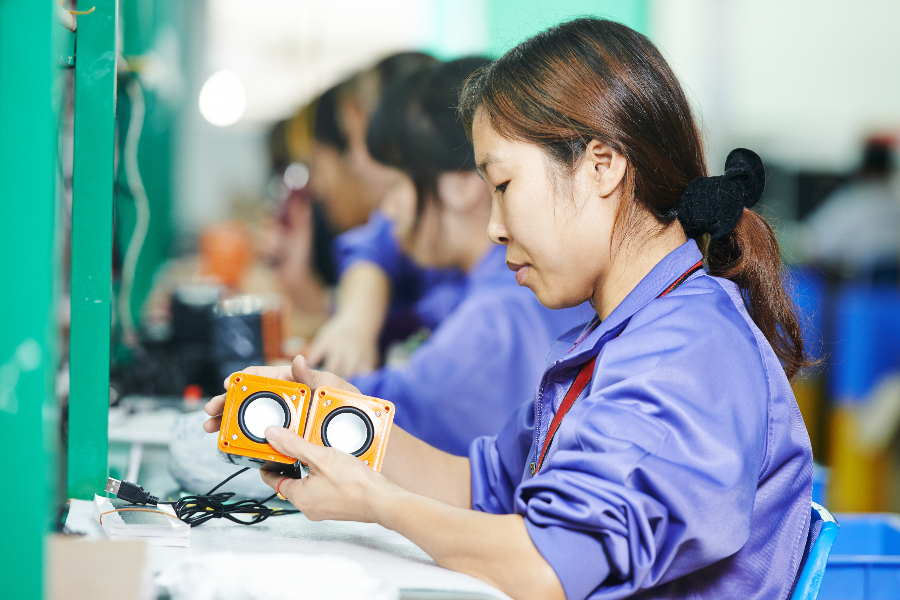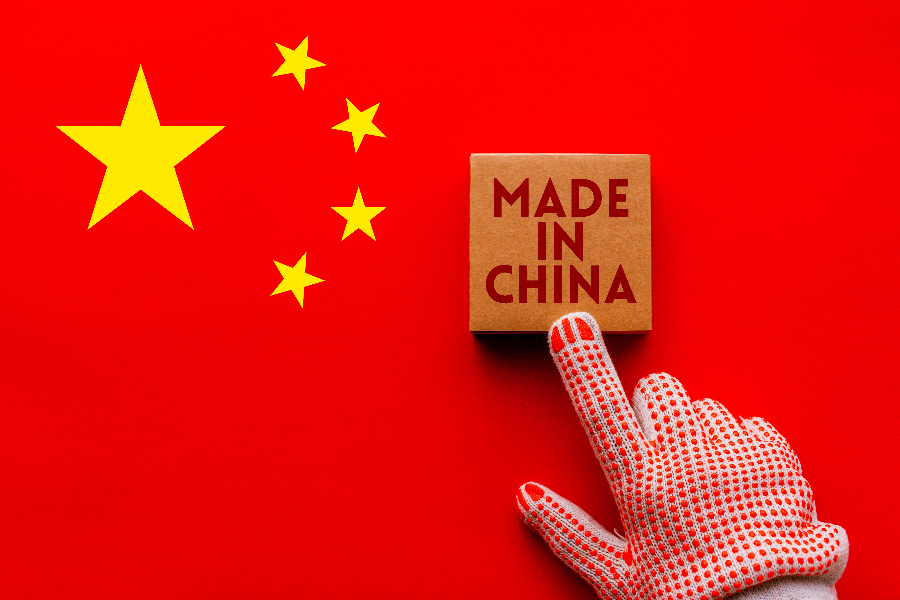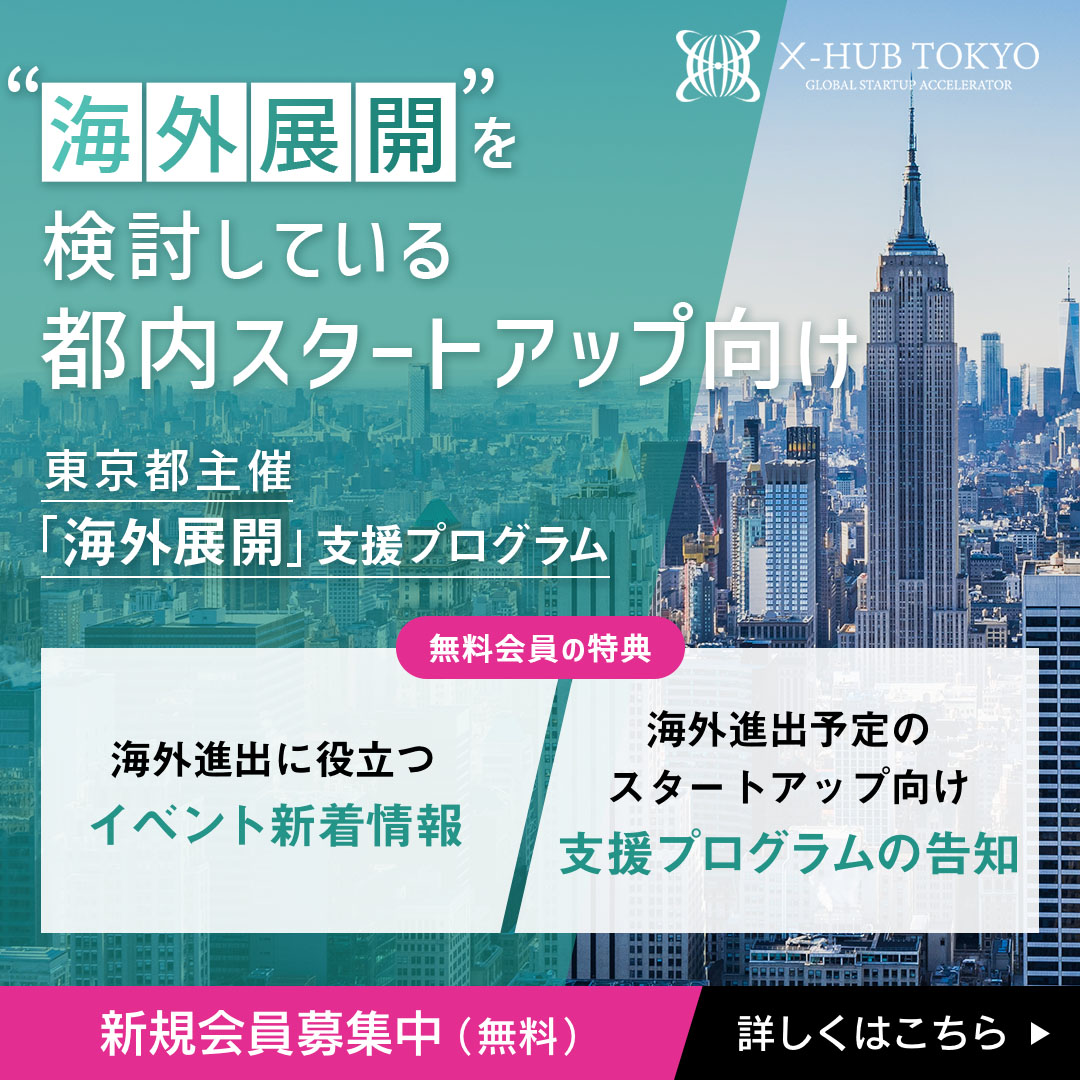When it comes to major economic powers, the United States comes first, followed by China. In particular, many companies are expanding into China as a foothold for expanding into Asia. I summarized the economic scale and economic growth of China.
目次
Size of the Chinese economy
China’s nominal GDP in 2017 was $12.25 trillion. This is the second largest in the world. Even after overtaking Japan to become the world’s No. 2 in 2010, the momentum continues, and it is predicted that Japan will overtake the United States by 2040.
The World Bank also announced in 2019 that China’s per capita nominal GDP was about US $9,608. It ranks 72nd in the world.
Reference: Global Note – International and Country Statistics website
https://www.globalnote.jp/p-data-g/?dno=8870&post_no=1339
According to the World Bank’s 2015 criteria, per capita GDP of $1,045 or less is classified as a low-income country, between $1,045 and $4,125 as a middle-low income country, between $4,126 and $12,735 as a middle-high income country, and over $12,736 as a high-income country.
In developed countries, per capita GDP is more than $4 ~ 50000, a big difference with China. China is expected to grow as a middle-high income country, and we can see that it is an important time to go beyond the middle-income trap.
An increase in per capita GDP is also significant for the Chinese economy. In China, prices have risen sharply in the last 20 years, and infrastructure has been rapidly developed. Some people point out the difference between big cities and local cities, but the level of local cities has also been raised.
While Japan’s per capita GDP has been flat, China’s per capita GDP has been stable and rising steadily since around 2000. It is also important to note that China’s consumption power is increasing along with its economic development. The contribution of consumption to economic growth is increasing, and strong domestic demand is necessary to form a stable domestic market.
China’s Middle Income Trap
The middle-income trap is a challenge faced by many growing economies. It refers to a situation in which growth slows or slows down after GDP per capita reaches middle income due to economic development in developing countries because they cannot change their development patterns.
Historically, there are two main types of countries: those that have moved beyond the middle-income trap to become developed countries, and those that have fallen into the middle-income trap and are experiencing sluggish growth. Countries that have grown beyond the middle-income trap include Japan, South Korea, and Singapore. Meanwhile, Argentina, Brazil and Mexico are among the middle-income countries that have fallen into the trap.
There is a difference in the rate of growth after high growth in a country that has sustained high growth and in a country that has fallen into the middle-income trap. Even in countries where stable growth continues, there is a decline in the growth rate after achieving high growth. However, the decline has remained at more than half, and growth has continued to grow steadily since then. Meanwhile, countries caught in the middle-income trap have seen a drop of more than half and have been struggling to recover.
A study conducted by the Asian Development Bank analyzed countries falling into the middle-income trap, pointing out that countries falling into the middle-income trap fall into the middle-income trap if their export products are limited to primary products and labor-intensive, and fall into the “”product trap”” where diversification and sophistication do not occur.
In South America, which has fallen into the middle-income trap, the concentration of land in landowners has created a gap between rich and poor, which has become a major social problem. Deterioration of security and frequent occurrence of troubles are also pointed out as problems.
The meaning of the middle-income trap is not strictly defined. However, as many countries face this concept, it has been shared as a question about how a country’s growth strategy should be. Seeing China’s slowing growth, the challenge is to deal with middle-income countries’ traps.
what it takes to get out of the middle-income trap

Many middle-income countries fall into the trap of political and economic instability. There are also many patterns that are heavily influenced by the external environment.
In order to promote high growth, it is necessary to upgrade and diversify industries in order to build national strength. It is also possible to make more efficient investments by increasing the role of technological progress through the effective use of the country’s resources rather than exporting them as they are.
To do so, we will need highly skilled human resources to carry out technological innovation. In order to make effective use of resources, it is imperative to develop highly educated human resources.
The middle class will be formed by improving educational facilities and promoting urbanization. When a country develops efficiently and money flows to companies and individuals, a stable middle class is created. Stable consumption is also essential for this cycle.
Summary
The time has come for China to produce innovation at home, rather than importing it from other countries. He presented a vision of becoming a leading global power by 2050. This ambition will be brought to fruition by increasing the number of educated knowledge workers and by maintaining productivity growth led by the service industry. It will be an opportunity for Japanese companies to do large-scale business.



